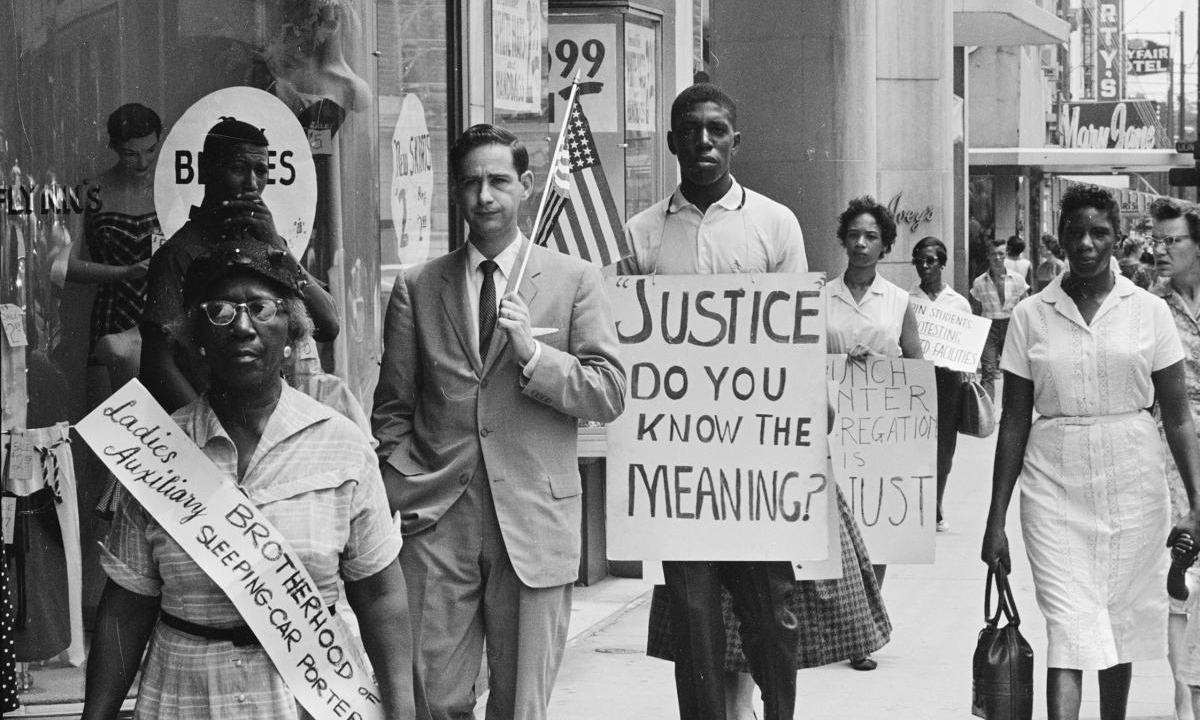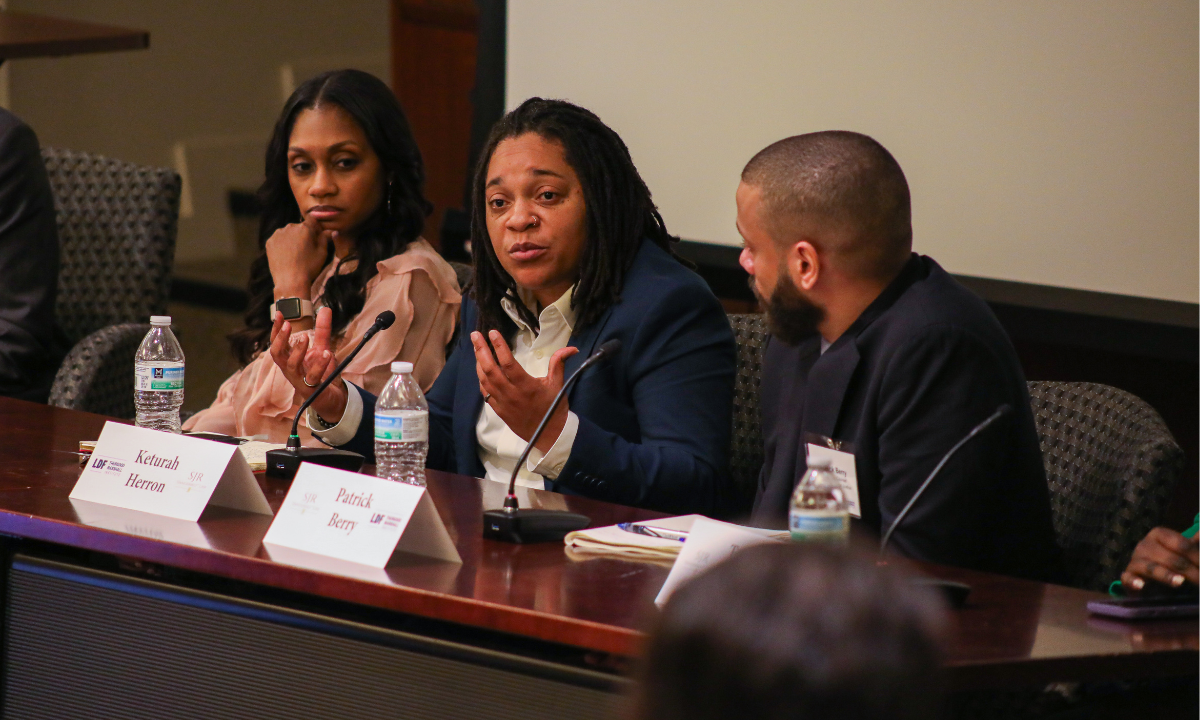by Heeba Momen
Mark Gaston Pearce, former chairperson of the National Labor Relations Board (NLRB), delivered this year’s Barrett Lecture, entitled “Social Justice in the Workplace: The Message and the Messenger.” Pearce began his career with the NLRB Buffalo Office, working as a field attorney, a hearing officer, and a district trial specialist for the National Labor Relations Act (NLRA). In April 2010, he was appointed by President Barack Obama as Chairman of the NLRB, the second Black person to hold the role.
The lecture series honors George Barrett (‘57), a civil rights attorney who fought for desegregation in Tennessee’s higher education institutions. Barrett passed away in 2014.
The History of Labor Rights for Black Americans
To understand current worker rights, Pearce explained the need to understand the struggle for equal labor rights that people of color have been battling for years. American Trade Unions increased during the Reconstruction period, but many excluded Black Americans, who started organizing their own unions as a result. Unfortunately, there is a history of violence that comes with these work unions. Pearce mentioned the Thibodaux Massacre, which occurred after African American farmers tried to unionize. By 1932, half of the Black workforce was unemployed, and racial violence surged.
National Labor Relations Act (NLRA) of 1935
The NLRA was passed in an effort to mobilize the economy, but African Americans were not receiving the benefits of the act. Asa Philip Randolph, a Civil Rights and Black Union leader, urged President Roosevelt to issue an executive order prohibiting discrimination against African Americans from getting jobs. Pearce points to this moment as leading to the rise of the “Other Rosies,” his play on “Rosie the Riveter” for women of color who are not depicted in wartime photos. Despite the NLRA, the Social Security Act, and the Fair Labor Standard Act, Pearce noted an ongoing failure to protect the rights of Black workers.
Asa Philip Randolph and the Brotherhood of Sleeping Car Porters
Pearce cited Randolph’s 12-year struggle for the recognition of the first African American-led Labor Union, The Brotherhood of Sleeping Car Porters, as a stepping stone to Black worker rights. In the 1940s, Randolph focused on Black employment in the federal government. After WWII, Randolph worked with the United Auto Workers (UAW) and negotiated the retention of Black workers at plants. Pearce discussed how Unions can provide a higher pay boost to Black and Hispanic workers than White workers, therefore serving as an avenue to close the wage gap. Employers can use tactics to bog down the process so Unions get discouraged, workers get disadvantaged, and the process would eliminate organizing. The NLRB “cuts through that red tape” as employers cannot deny workers “rights to exercise section 7 of the National Labor Relations Act” or the right for employees to unionize.
Are Acts of Social Justice Protected for Employees?
“Is wearing insignia in signs of support of Black Lives Matter (BLM) protected workplace speak? It is free speech but speech is not free in the workplace, particularly in the private sector.”
These are questions Pearce wondered out loud before launching into recent instances of workplace inequality for people of color and their seemingly conflicting outcomes. After the death of George Floyd, Minnesota Home Depot employee Antonio Morales wrote BLM on his work-issued apron. Morales was told by management he violated the dress code and was ordered to remove the BLM insignia or leave. Morales filed charges with NLRB and litigated the case, eventually losing. BLM was not protected under the National Labor Act. However, when Fred Meyer employees in Washington State started wearing BLM pins and were ordered to remove them, Judge Mara-Louise Anzalone said BLM signs were protected, finding that employees wore the pins as support for their Black workers. From these examples, Pearce asked the audience, “What is free speech?”


